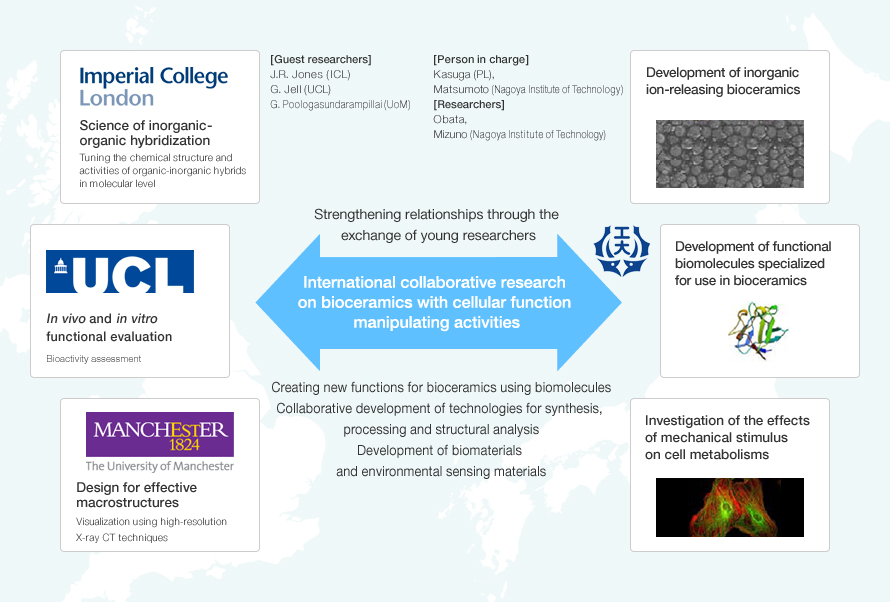Project Contents
Purpose and goals of research
Our objective is to strengthen international research networks, in particular with U.K., based on research and development in bioceramics for medical use. In addition to Imperial College London (ICL), which we have already collaborated together with in the ITP program, we will expand our partnership to University College London (UCL) and the University of Manchester (UoM) in order to build new international research networks which will concentrate knowledge and technology together, related to ceramics engineering, biopolymer science, cell biology, mechanical engineering and structural science.
The goal of this project is to develop the world's first "bioceramics with cells manipulating activities," by mutually exchanging and inviting young researchers and integrating their technologies and knowledge. The development of these functional bioceramics will make possible the formation of artificial tissues which closely resemble the original living tissues, and will be a great breakthrough as materials which will open up the way to new regenerative medicine.
Research plan and procedure
This project will be carried out, through strong collaboration between research groups, to further advance the "polymer-ceramic hybrid porous materials" which were created by collaborative research under the International Training Program (ITP) for young researchers supported by the Japan Society for the Promotion of Science, and to design new functional materials for regenerative medicine by hybridizing biomolecules as well.
- Development of a bioceramic matrix which allows introduction and immobilization without deactivating biomolecules
- 3-D structuring of materials, evaluation of physical properties and chemical structural analysis
- Expression of functions by culturing cells on biomolecule-immobilized bioceramics, and evaluation of effectiveness
- Construction of artificial tissues by simultaneously culturing heterologous cells using bioceramics with different immobilized cytokines
- Evaluation of cell distribution on artificial tissue-like structures obtained from simultaneous culturing of heterologous cells, and evaluation of regenerated tissue
- Functional evaluation of artificial tissue-like structures
We aim to promote world-leading international collaborative research in the field of materials for bone regenerative medicine, by integrating knowledge related to ceramics synthesis, the synthesis and evaluation of biomolecules, and the correlations between cells and dynamical effects.
Promotion of an international research network through personnel exchange
Strengthening the partnership between the Nagoya Institute of Technology and overseas research groups
Research activities to date
Nagoya Institute of Technology Bio-related materials research
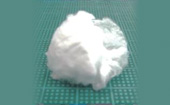
Technology for preparing inorganic ion-releasing ceramics with porous and cottony shapes (Kasuga, Obata)
Synthesis of ceramics which promote cell behavior
The world's first cottony synthetic bone(FDA cleared in October 2014)
Acta Biomater. (2014), PLoS ONE (2014)
J. Biomed. Mater. Res. (2013), Soft Matter (2012)
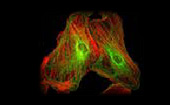
Effects of mechanical stress on the expression of cellular functions (Matsumoto)
J. Biomech. (2012, 2013, 2014)
Nature Comm. (2013)
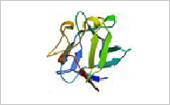
Protein engineering which contributes to cell manipulation (Mizuno)
Technology for controlling denaturation and leakage of molecules with physiological functions
RSC Adv. (2014)
Langmuir (2013, 4 papers)
Overseas research group The world's top-class bio-active glass research

Science of inorganic-organic hybridization (Julian R. Jones)
The world's top group carrying on the research of Bioglass®
Calcium silicate glasses, hybrid biomaterials
Acta Biomater. (2013), Adv. Healthc. Mater. (2013)
J. Mater. Chem. (2013), Biomaterials (2011)
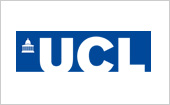
In vivo and in vitro functional evaluation (Gavin Jell)
Effects of nano glass particles and trace elements on cells
Nature Biotechnol. (2014), J. Tissue Eng. (2014)
Chem. Comm. (2011), Blood (2011)

Macrostructural design for functional expression (Gowsihan Poologasundarampillai)
Structural and physicochemical analysis of materials
The advanced X-ray tomographic systems and technology
Acta Biomater. (2014), J. Mater. Chem. (2013)
Soft Matter (2012)



